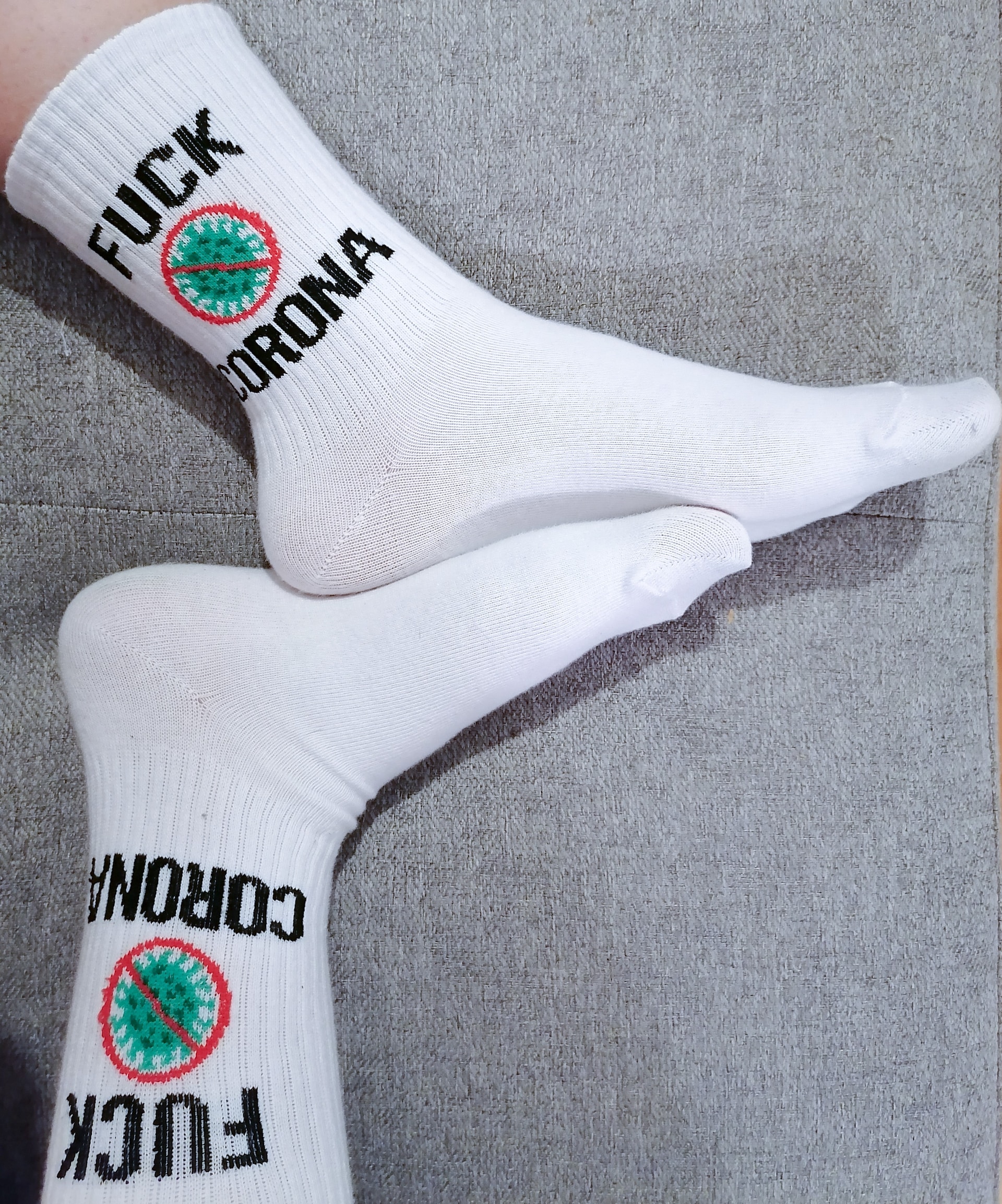“The Science Behind Compression Socks: How They Improve Circulation”
Explanation: Compression socks are designed with graduated pressure, which means they exert the highest pressure at the ankle and gradually decrease the pressure as they move up the leg. This design works by helping the veins in your legs push blood back towards the heart more effectively. When you wear compression socks, they squeeze the leg tissues and the walls of the veins, which increases the velocity of blood flow and reduces the chances of blood pooling in the legs. This enhanced circulation not only reduces swelling but also lowers the risk of blood clots, making compression socks an essential item for those at risk of deep vein thrombosis (DVT) or varicose veins.
Regular socks serve the primary purpose of providing warmth and comfort to your feet. In contrast, compression socks have a specialized design aimed at improving circulation and offering various health benefits. Regular socks do not exert any significant pressure on the legs, while compression socks apply graduated pressure to enhance blood flow. This blog post explains the key differences between these two types of socks, highlighting how compression socks are an essential tool for individuals with specific medical conditions, those who stand or sit for extended periods, athletes, and travelers.

